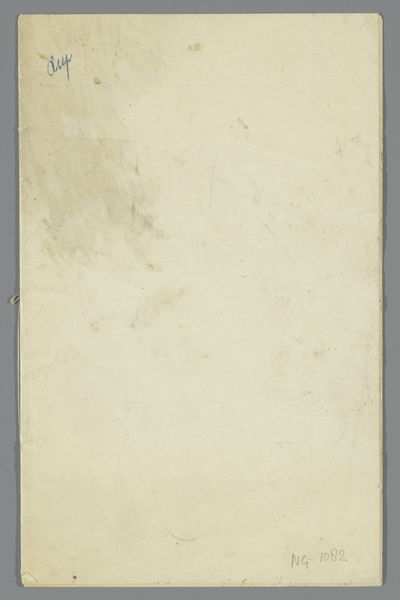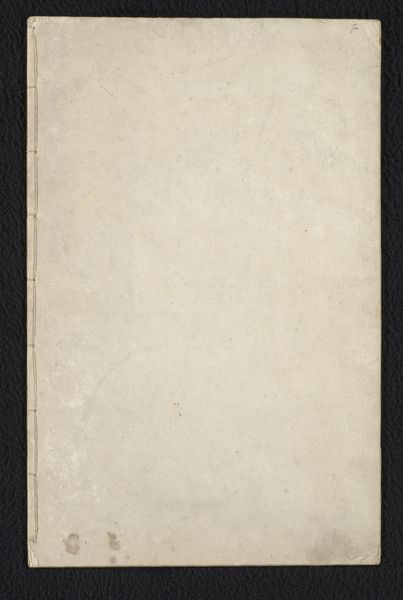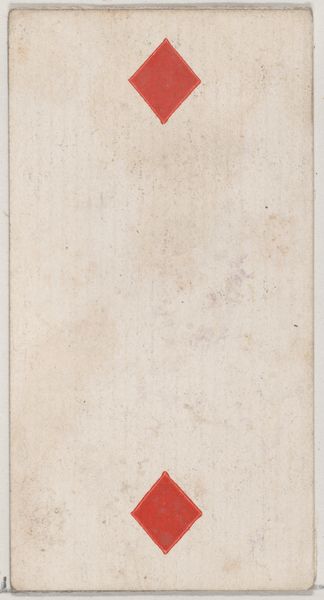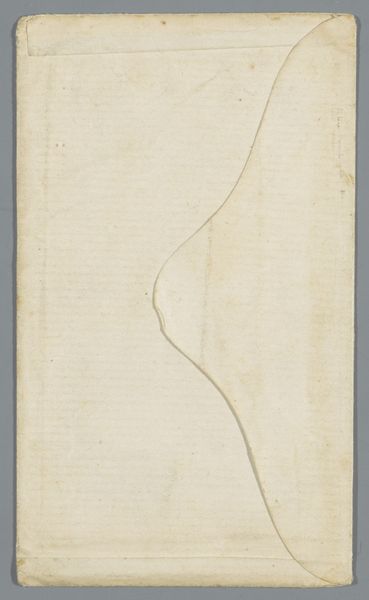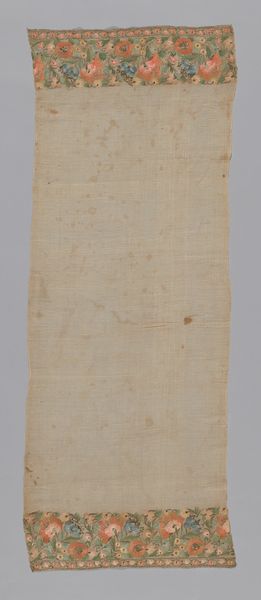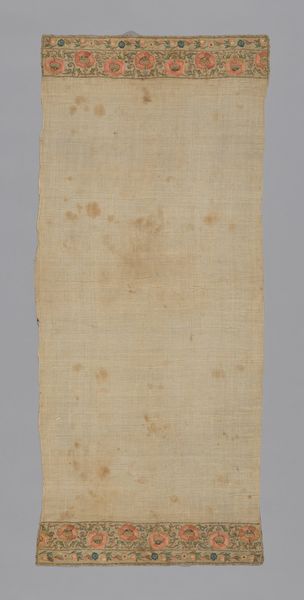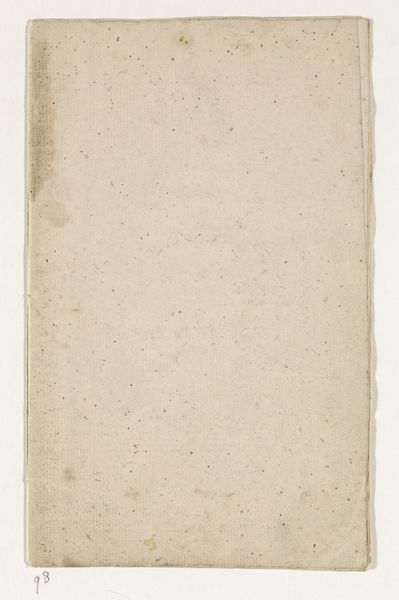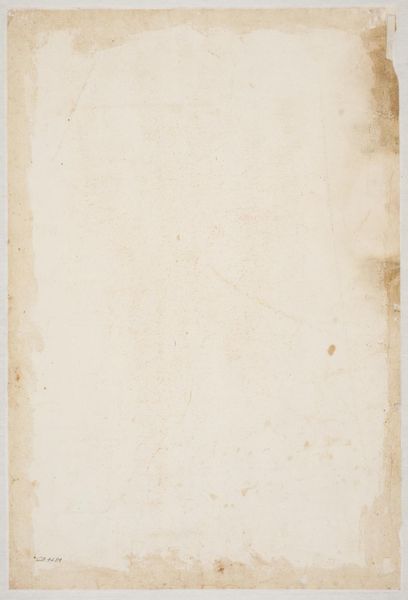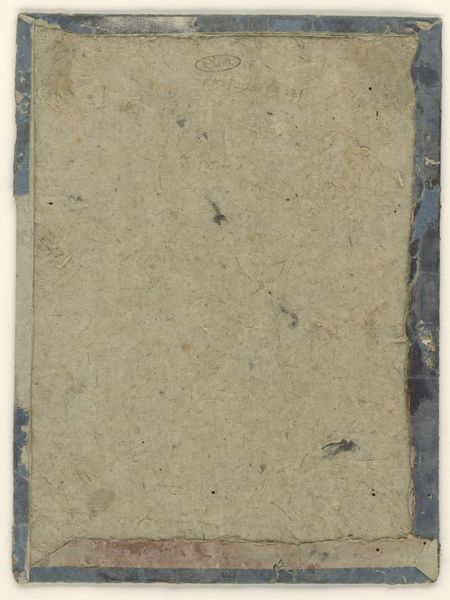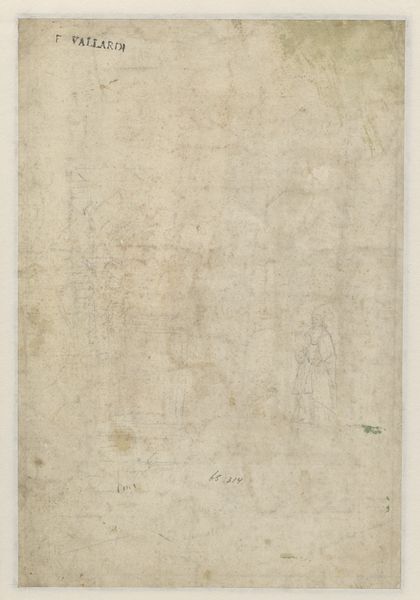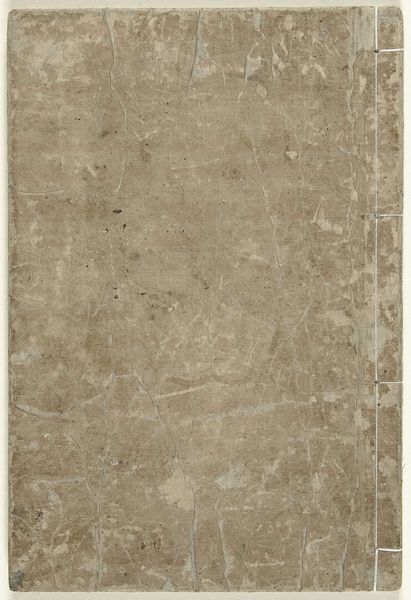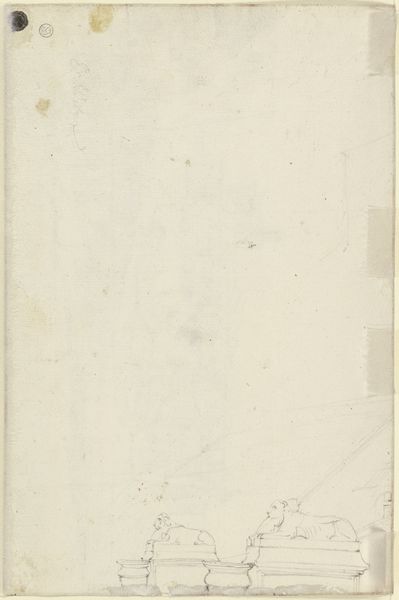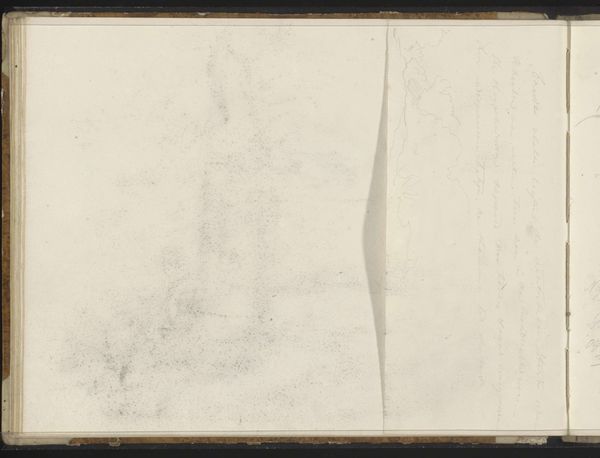
drawing, paper, ink
#
drawing
#
baroque
#
paper
#
ink
Dimensions: height 451 mm, width 363 mm
Copyright: Rijks Museum: Open Domain
Editor: Here we have Cornelis Schut’s "Last Supper," a drawing from somewhere between 1607 and 1655. It’s ink on paper and resides in the Rijksmuseum. I find its starkness really compelling. The sparse use of line conveys a profound sense of solemnity. What do you see in this piece? Curator: Oh, this! This whispers secrets, doesn't it? For me, the apparent simplicity is deceiving. It reminds me of a time when faith was intertwined with life’s daily struggles. Look closely at how Schut uses the ink. It's not just outlining; it's creating light and shadow, drama and intimacy. Can you imagine Schut in his studio, perhaps by candlelight, wrestling with such a pivotal biblical scene? Editor: Yes, the lighting really directs your eye to different figures. But, I wonder if the lack of detail diminishes its impact. Wouldn't a more polished rendering amplify the drama? Curator: Ah, but maybe it is more polished? To our eye perhaps not! Think about the Baroque style. Its emphasis on movement and emotion often involved layers of preparation beneath the grand scale of the finished painting. Maybe this drawing served as a way to try different visualisations to achieve that effect. It can almost seem meditative, wouldn't you agree? Editor: That’s interesting. So maybe what looks unfinished to us was, in fact, an essential part of a much grander artistic journey? It’s making me see this not just as a sketch, but as a portal into Schut’s creative process. Curator: Precisely. And for me, these glimpses are as powerful, and often more interesting, than perfectly realised renderings. It invites us to co-create, to dream alongside the artist. Editor: This conversation reframed my entire understanding. I initially saw it as just an understated sketch, but now I recognize its crucial role in the larger context of Baroque art. Curator: Absolutely! The true joy of art lies in its capacity to alter our perspectives, allowing us to discover hidden connections and meanings, even in what seems like a simple drawing.
Comments
No comments
Be the first to comment and join the conversation on the ultimate creative platform.
